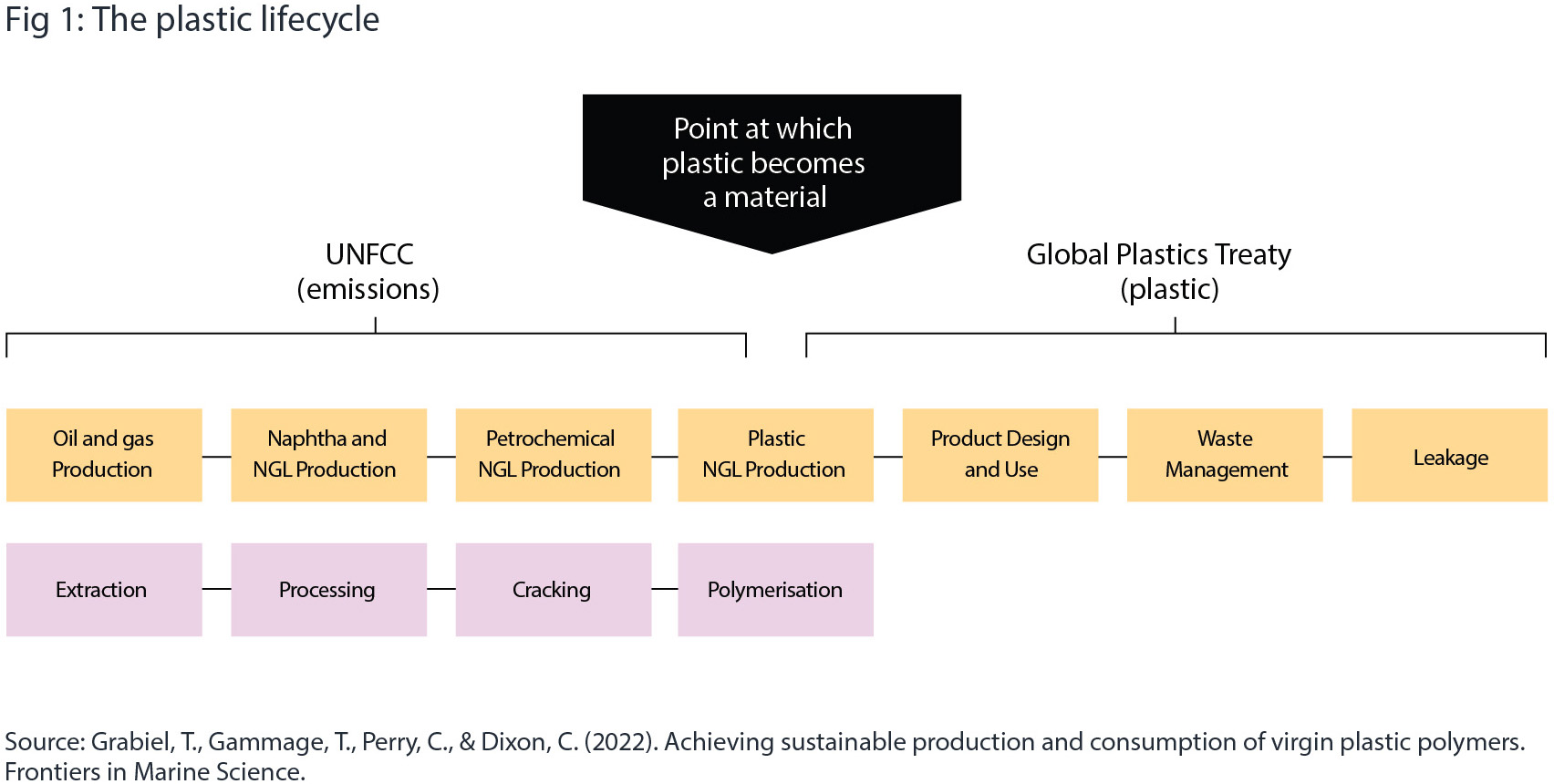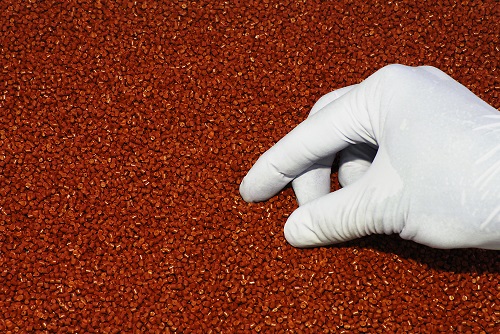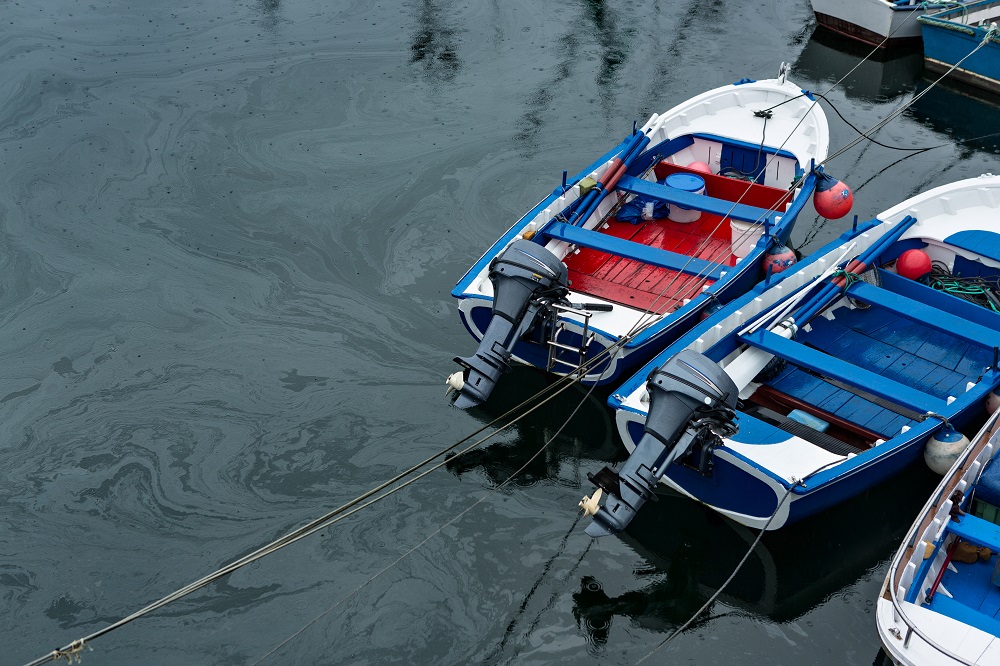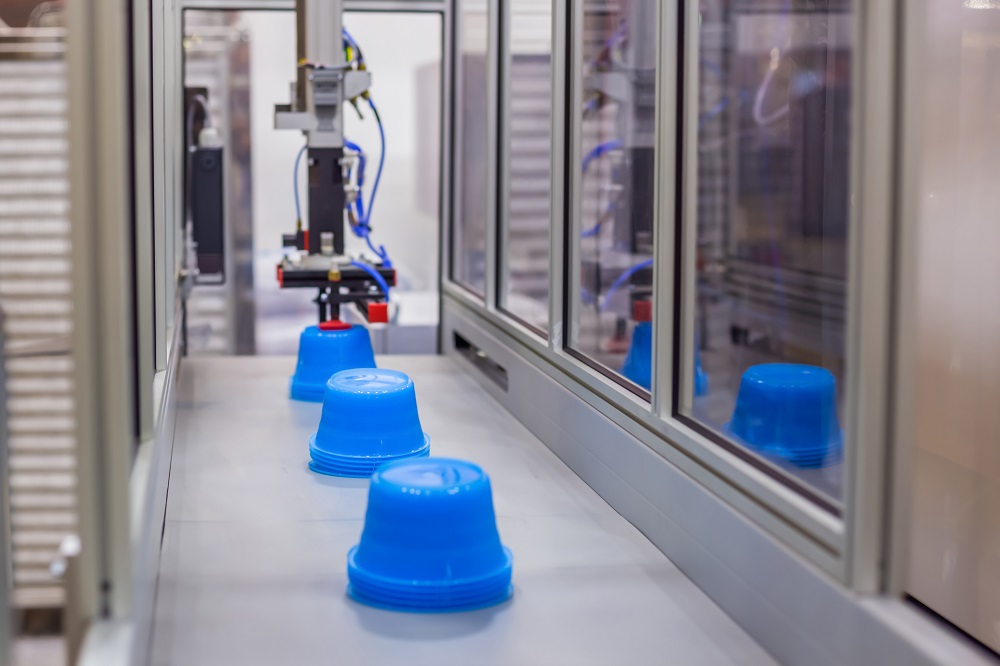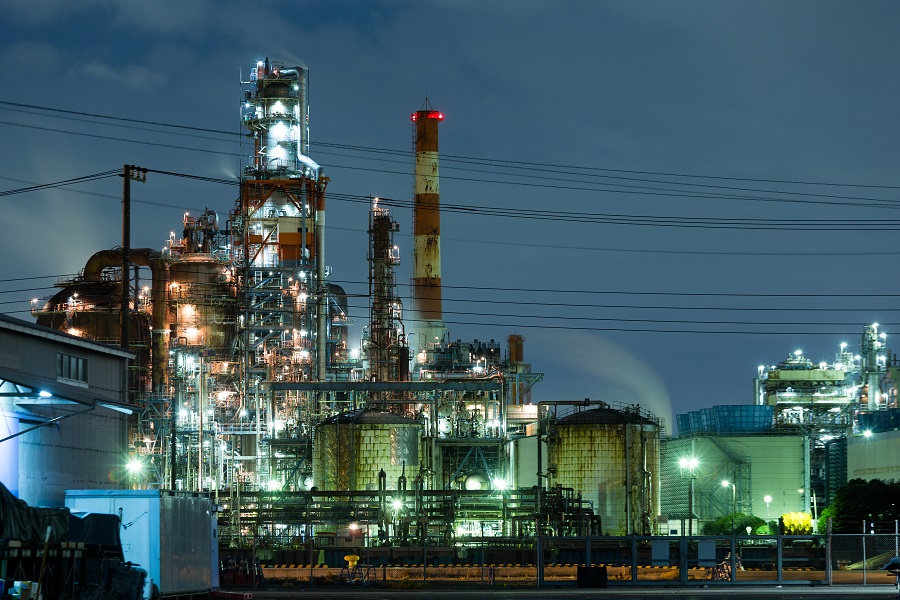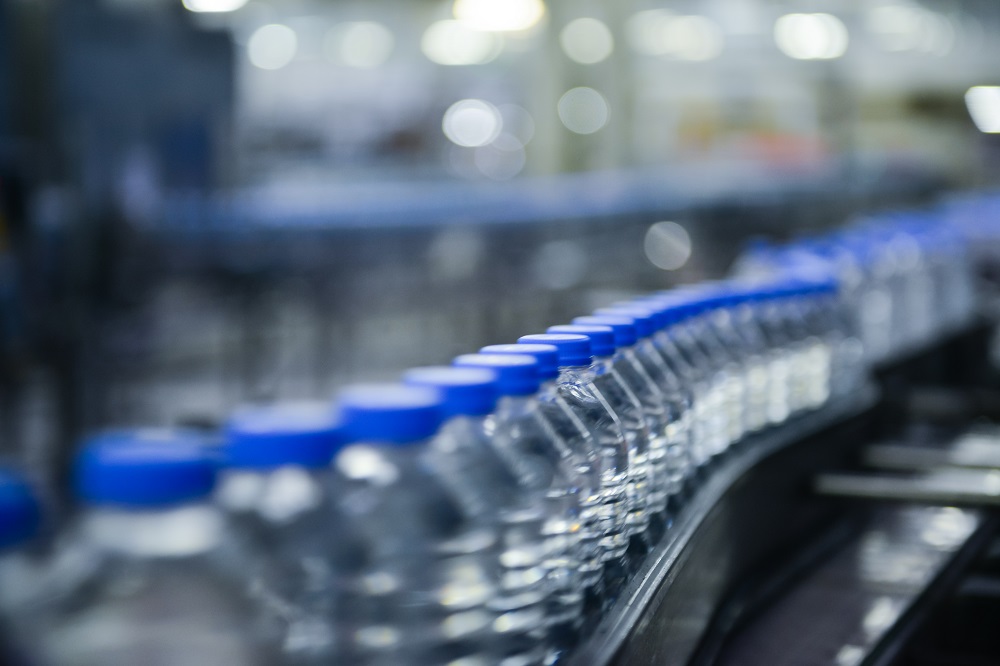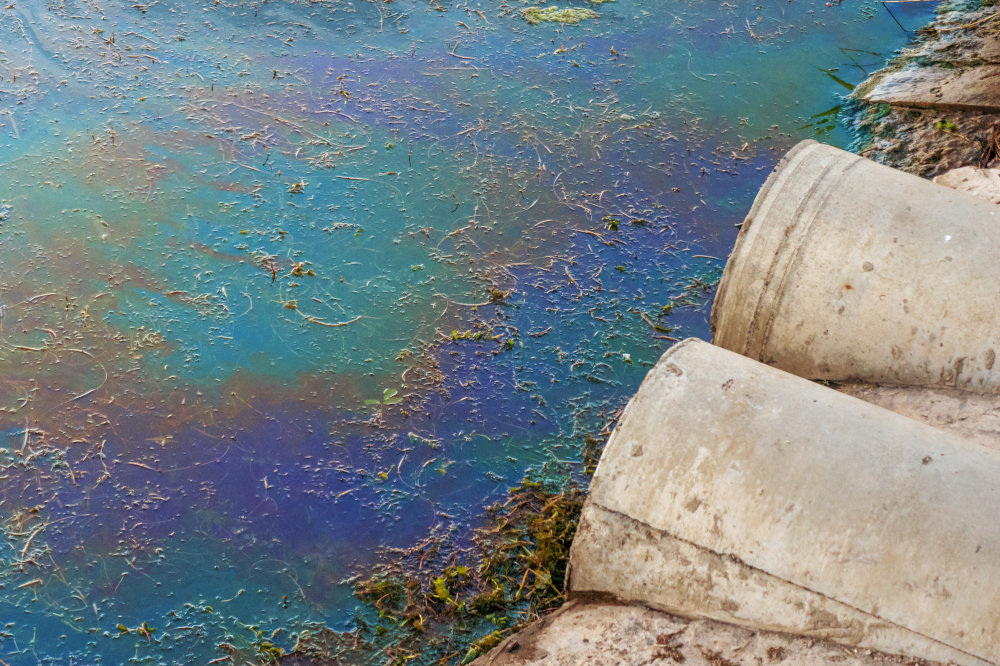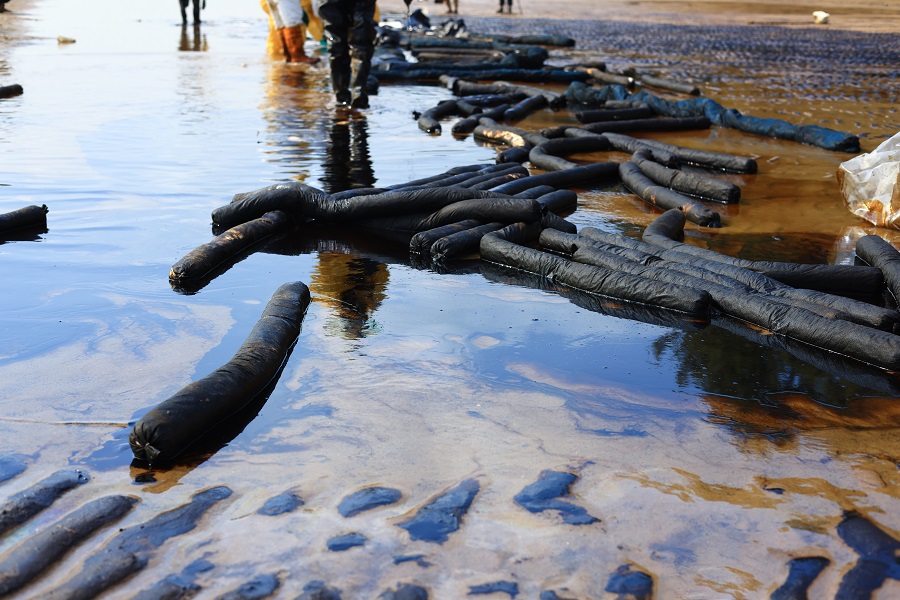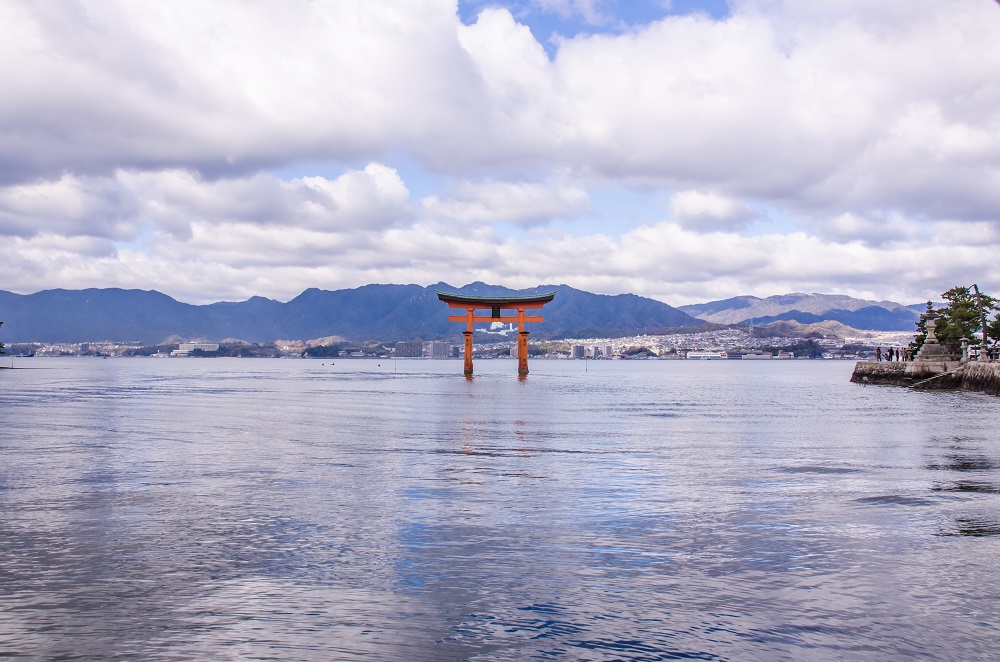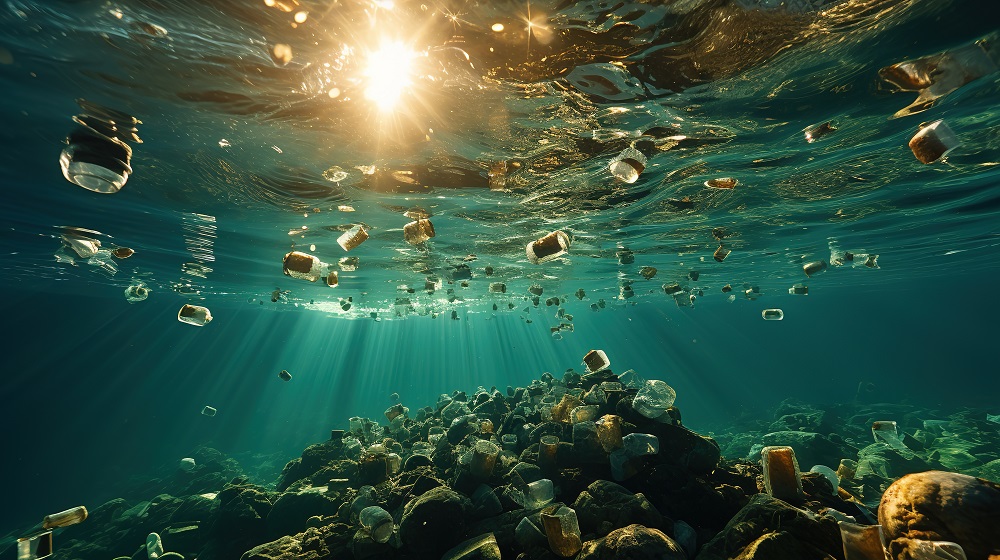Plastic treaty negotiators must carefully examine the role of chemicals in the transition to a circular plastics economy.
Key points:
- Dissent is brewing over whether treaty negotiators should consider the full life cycle of plastic, including plastic production
- Around 10,000 chemicals are used in plastic, making marine chemical pollution an unseen by-product of plastic pollution
- Producers will need to simplify and eliminate many of the chemicals used in plastic if there is to be a large-scale shift to plastic recycling.

It felt like a fairytale moment when, in March 2022, the UN Environment Assembly passed a draft resolution to end plastic pollution. Negotiators rose to their feet in ovation. Campaigners the world over exchanged gleeful congratulations. And a groundswell of hope began. After decades of worsening marine pollution, could the international community finally come together to address the plastic pollution crisis?
Six months later, this sense of joy has largely been replaced by a sense of urgency. The United Nations Environment Programme (UNEP) ambitiously pledged to sign a treaty by late 2024. Negotiators must move at warp speed if it is to be successful. Trade-offs will be inevitable. Is it more important to get it right or just do it?
Differences of opinion about critical aspects of the treaty are emerging as negotiating countries, scientists and activists begin to roll up their sleeves. One divisive question that is tipped to be an important point of debate at the first meeting of the Intergovernmental Negotiating Committee, to be held in Punta del Este, Uruguay in November, is how far up the plastics value chain the treaty will reach.
Definitions matter
The draft resolution notes a “wide range of approaches, sustainable alternatives and technologies to address the full life-cycle of plastics.” Yet, with no agreed definition of the plastic life cycle, dissent is already brewing about what the treaty should include.
Saudi Arabia, at one extreme, proposes that negotiators focus exclusively on how plastic waste is managed and treated. Its proposal suggests that “restricting use of plastics or their production should not be in the scope of the agreement.” Peru and Rwanda, far on the other side, advocate for a sweeping scope that encompasses its entire life cycle, from production to waste management.
If negotiators adopt this broader definition of the plastic life cycle, they will need to consider how plastic is managed at the end of its life and along the entire plastics supply chain. While seemingly prosaic and bureaucratic, this definition will be critical in determining how far-reaching the treaty is likely to be and, therefore, how effectively it will tackle plastic pollution. It will also have far-reaching implications for the petrochemical companies that produce virgin plastic.
The invisible concern
Chemicals are used at every step of the plastics value chain, from the extraction and gathering of fossil fuel feedstocks, to the polymerisation of chemicals into plastic materials, to compounding with additives as part of product manufacture, and all the way to waste treatment and recycling, says Lizzie Fuller, principal, Global Plastics Treaty at Minderoo Foundation. Monomers and polymers become the plastics products that serve economies but choke ecosystems.
They’re also produced in exponential volumes. Treaty negotiators may be optimistic about their ability to limit plastic use, but this is not reflected in chemical industry forecasts. UNEP forecasts that global chemical production will double by 2030. Yet despite plastic’s pervasiveness, the chemicals that go into plastics and their effect on the marine environment remain largely a mystery.
“The market is flooded with plastics, and yet little is known about the types of chemicals that are included, let alone their level of toxicity or the volumes used,” says Zhanyun Wang, scientist at Empa. There are over 350,000 synthetic chemicals, from pesticides to industrial compounds, in circulation today, according to a study Mr Wang co-authored. Of those, around 10,000 may have been used to produce plastics.
This means that chemical pollution exists everywhere plastic pollution exists—right down to the depths of the Mariana trench and in human bodies. These chemicals affect both environmental and human health in ways that scientists are still uncovering. Chemical compounds react with each other, are transformed by living organisms and migrate across borders and ecosystems. Scientists believe that chemicals react differently in the marine environment than when they break down on land, but a lack of data often makes it difficult to estimate its impact on ocean health.
“Plastic is not inert,” says Sarah Dunlop, head of plastics and human health at Minderoo Foundation. “It becomes sticky, attracts other chemicals and breaks up into micro or nano plastic rafts that end up everywhere, including our bodies. From urine and blood to breastmilk, we are born pre-polluted”.
A long and winding road
Despite these risks, consumers are typically unaware of the types of chemicals used and added at various stages of the plastics production process. “You can see the ingredients in your shampoo but not what’s inside the bottle itself,” says Bethanie Carney Almroth, professor and researcher at the University of Gothenburg. Complex supply chains and intellectual property rights result in a lack of transparency about the chemicals used in plastic products. This in turn makes it almost impossible for scientists to assess what impact these chemicals are having or are likely to have on the marine environment.
Ms Carney Almroth believes that greater clarity about the chemicals in plastics must be a critical component of the treaty. “The onus should be on industry rather than on scientists to provide information on which chemicals are used, what they’re used for and what the different waste streams are.”
To circularity and beyond
Regardless of how negotiators define the plastics life cycle, transitioning to a circular economy will almost certainly be an important focus of the treaty. Few suggest that plastic can or should be phased out completely, meaning that reusing and recycling will feature prominently in any eventual outcome.
The ultimate solution must “respect the waste hierarchy and first design out the materials that we don’t need to use,” says Aidan Shilson-Thomas, climate research manager at ShareAction, an NGO that campaigns to raise standards for responsible investment across climate, environmental, health and workplace issues, and is closely focussed on the chemical sector. “To the greatest possible extent, any product that is made should be designed for reuse.”
The shift to circularity will also, inevitably, require negotiators to consider the role of chemicals in plastic more carefully. The sheer number of chemicals currently used in plastic, as well as their transformation when exposed to the environment, presents a barrier to more widespread recycling. For example polyethylene terephthalate (PETE or PET) found in most plastics bottles and containers is recyclable and deemed safe whereas polystyrene (PS), used in foam packaging or disposable containers is difficult to recycle and “probably carcinogenic”. The first step, scientists say, is to reduce the number of chemicals used in plastic products. A global inventory of licensed plastic chemicals will also be important.
“Our vision of a circular economy for plastic presents challenges, but they are not insurmountable,” says Ms Dunlop. “Hazardous plastic chemicals, currently used in some plastics, run the risk of being included and even increased in recycled products that will either come into contact with humans or potentially leach out into the environment, which is why it’s critical to address toxicity higher up the chain.”
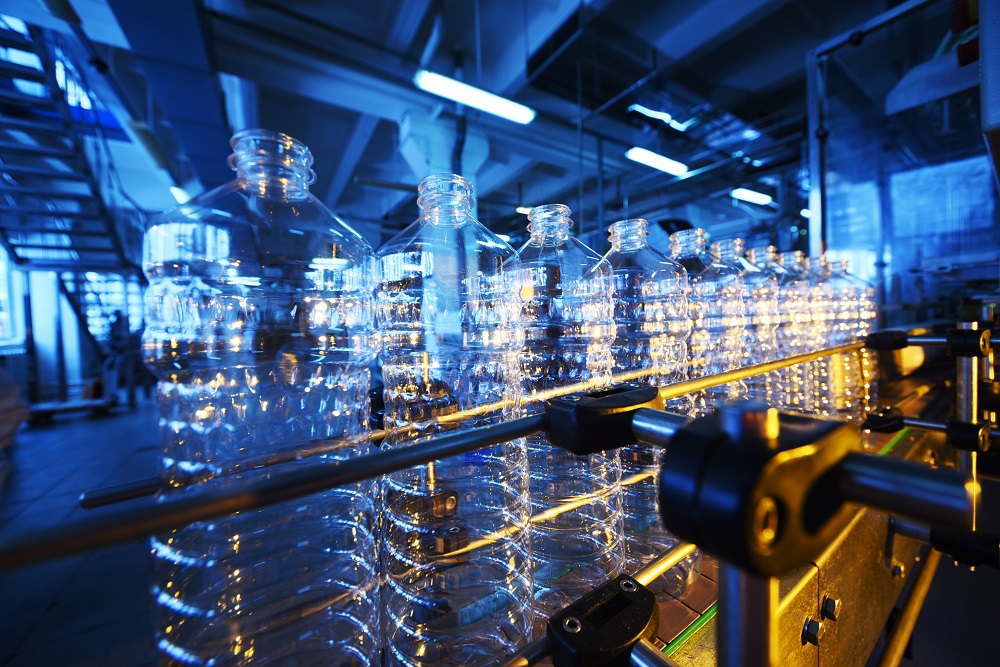
If plastics are to be effectively recycled at scale, manufacturers will need to align on which chemicals to use in plastics to ensure their products are compatible with each other and with recycling infrastructure, says Mr Wang.
Regulations governing the types of chemicals that can be used in plastics would, in principle, allow governments more control over and visibility into the chemical mix in plastics. In practice, it will require the substantial and expensive task of transforming entire supply chains.
While this is a considerable challenge, it is not insurmountable. The EU’s chemicals strategy, one of the most comprehensive regulatory systems on chemical risk management, is proving to be an important test case. Regulators are reviewing the rules on products that come into contact with food, from containers to cutlery, to ensure that any transfer of chemicals from materials, including plastics, to food “does not raise safety concerns, change the composition of the food in an unacceptable way or have adverse effects on the taste and/or odour of foods.” This could provide a case study for how everyday plastics could be made chemically safer and simpler, enabling greater recycling.
One scope to rule them all
The treaty negotiations have yet to begin, “but we’ve already come a long way”, says Ms Fuller. “The mandate charges us to address the whole life-cycle of plastic, not just plastic waste, and to do it within an ambitious timeline of 2 years. The challenge will be to keep the ambition high to address the full scale and complexity of the plastics problem and to ensure we end up with a robust instrument with wide international uptake and an effective implementation infrastructure around it”.
Yet success is far from assured. Oil and gas companies, under pressure to reduce emissions, are turning to plastics for growth and are likely to push back on any deal that would limit plastics manufacturing. Industry groups such as the American Chemistry Council and its counterpart Plastics Europe are focusing the debate away from plastic production toward the merits of new plastic materials, such as those creating lighter cars or used in food packaging to extend the shelf life of food.
Taking a full life-cycle approach to the plastics crisis may prove to be what makes or breaks the treaty. But despite the challenges, all interviewees agreed that only a holistic understanding of the roots of the plastics crisis, from its nano-constituents to its planetary impacts, will lead to effective solutions. The complex web of interdependent relationships and economic interests across the plastics value chain, from producers to consumers and from governments to waste pickers, will make compromises necessary. “We’re now realising the importance of creating a new ecosystem that goes beyond just buying and selling materials and calculating margins. New trading terms between all parties are needed,” says Talke Schaffrannek, director of circular economy at BASF.
Negotiators will need to perform a balancing act to deliver a treaty that is both bold and dynamic. Difficult trade-offs will be required if the treaty is to simultaneously curb plastic production, simplify the market, shift consumption habits and support the global south. At the same time, the instrument will need to be responsive to the ever-growing body of knowledge and science on the impact of plastics on the environment and human health, so that this knowledge can continue to inform policy and business innovation, says Ms Fuller.
With just two short years to deliver a treaty, the pressure will be on negotiators to get the job done. Yet the international community has just one chance to get it right. A weakened or diluted treaty would risk not just slowing momentum towards a plastic-free ocean, but could significantly hamper the push for improved ocean health for decades to come.
Interviewees:
- Bethanie Carney Almroth, professor and researcher, University of Gothenburg
- Sarah Dunlop, head of plastics and human health, Minderoo Foundation
- Lizzie Fuller, principal, Global Plastics Treaty, Minderoo Foundation
- Talke Schaffrannek, director of circular economy, BASF
- Aidan Shilson-Thomas, climate research manager, ShareAction
- Zhanyun Wang, scientist, Empa
THANK YOU
Thank you for your interest in Back to Blue, please feel free to explore our content.
CONTACT THE BACK TO BLUE TEAM
If you would like to co-design the Back to Blue roadmap or have feedback on content, events, editorial or media-related feedback, please fill out the form below. Thank you.










